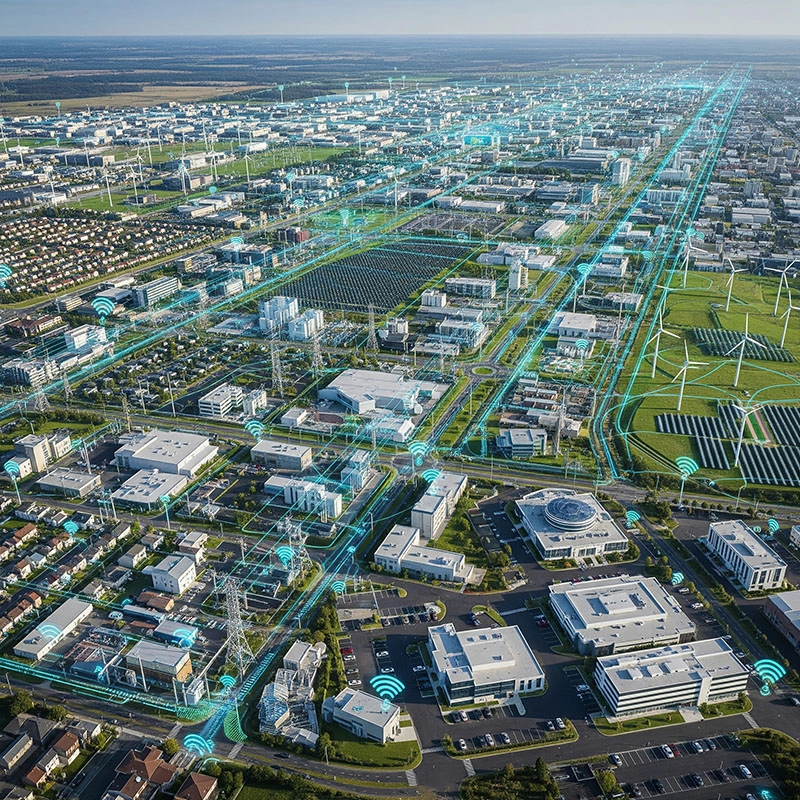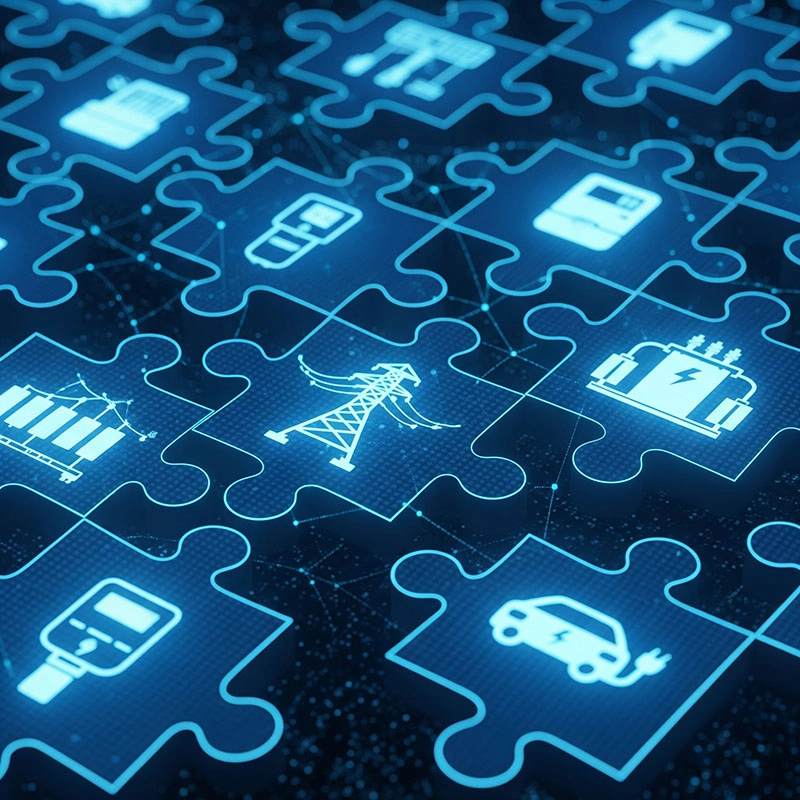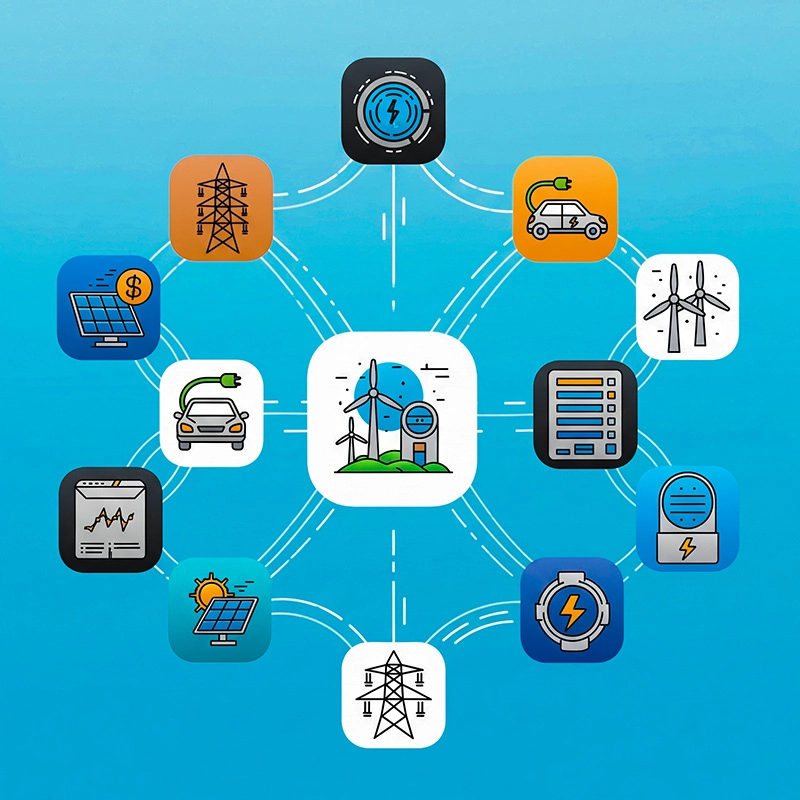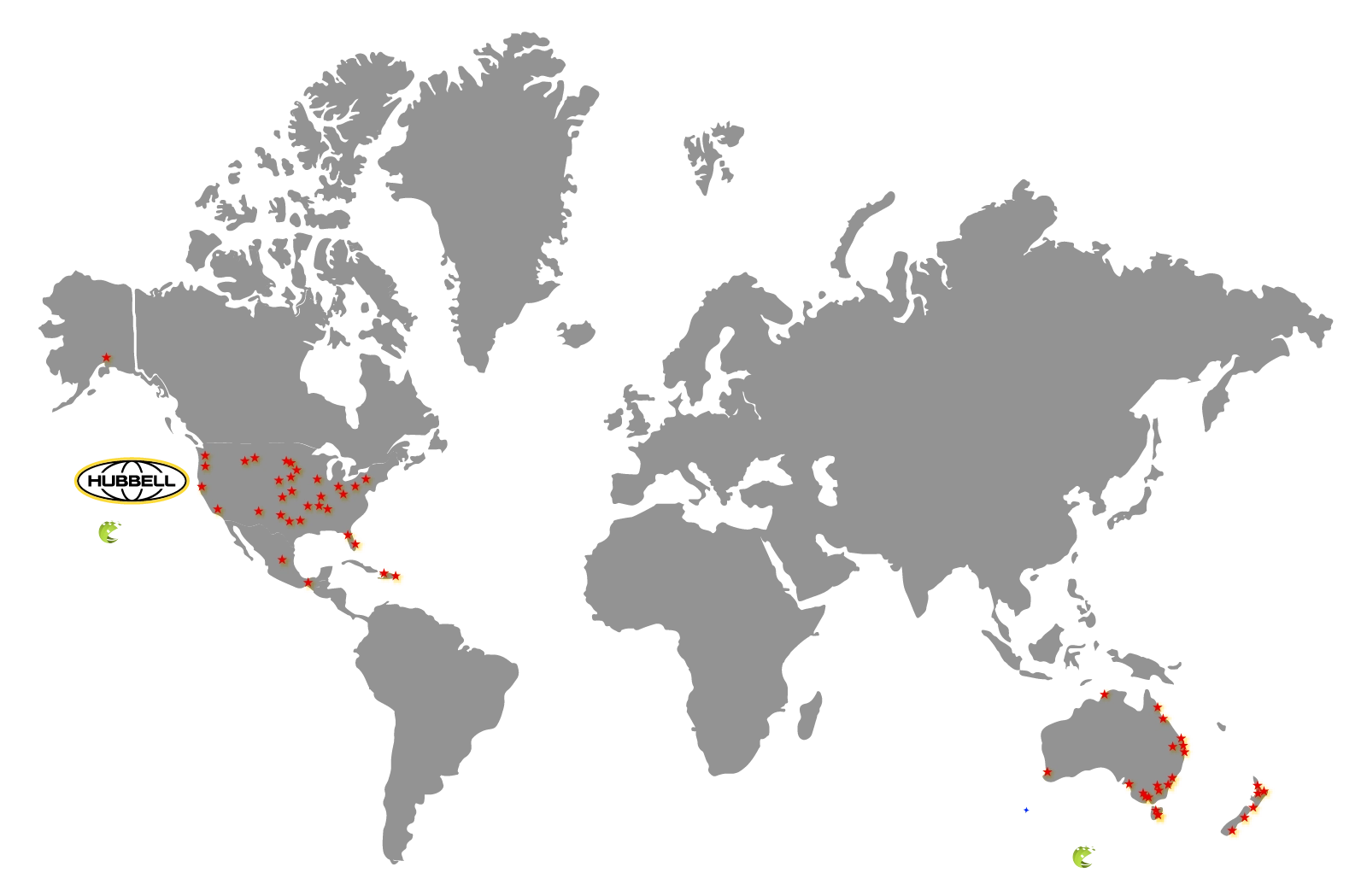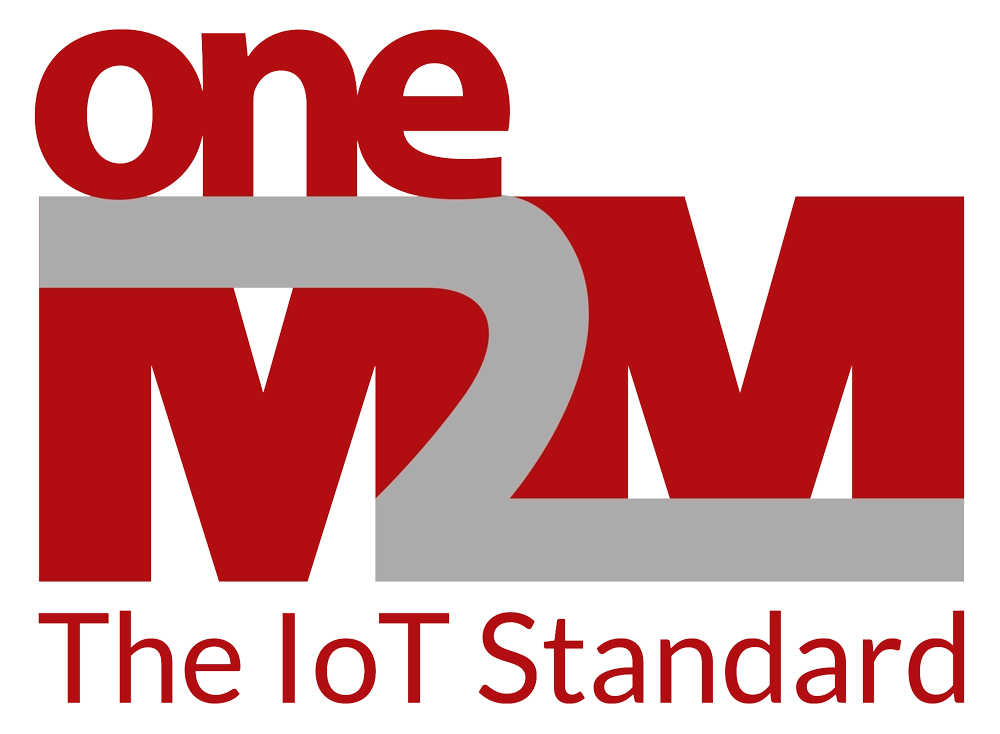Privacy and Cookie Notice
Aetheros Inc (“AOS”, “we”, “us”, or “our”) is committed to
maintaining your confidence and trust as it relates to the privacy of
your information. This privacy and cookie notice (the “Privacy
Notice”) is intended to inform you of the types of information we
collect, as well as our policies and practices regarding the
collection, use, and disclosure of that information through our web
site located at www.aetheros.com, our mobile applications, blogs,
social media pages and their respective contents, including, without
limitation, the Aetheros Product Web Site located at
www.products.aetheros.com (the AOS Products Web Site), whether
accessed via computer, mobile device or other technology.
Please read this Privacy Notice carefully, as you are acknowledging
that you understand and agree to the terms of this Privacy Notice.
1 INFORMATION WE COLLECT ON OUR WEB SITES
The types of information we collect may vary depending on your use of
the features found on our web sites.
1.1 Information You Provide To Us
1.1.1 We may collect and process the following information about
you:
-
information that could reasonably be used to contact you, or to
identify you personally, or that otherwise relates to you
(such as your name, mailing or billing ddress, telephone
number, or email address (collectively, “Personal
Information”)
-
email preferences, user ID, account password and password hint
question;
-
details of any requests or transactions made by you through our
web sites;
-
communications you send to us, for example to receive a product
purchase quotation, submit a purchase order to buy our products,
or access information on our products that you have purchased; and
- Information that we collect automatically
1.1.2 Usage Information
Whenever you visit or interact with our web sites we may use a variety
of technologies that automatically or passively collect information
about how our web site is accessed and used (“Usage
Information”). Usage Information may include the page served, the
time, and the preceding page views. This information helps us keep our
web site fresh and interesting to our users and allows us to tailor
content to a userd's interests.
1.1.3 Device Identifier.
We automatically collect your IP address or other unique identifier
(“Device Identifier”) for the Device (computer, mobile
phone, tablet or other device) that you use to access the AOS
Products Web Site. A Device Identifier is a number that is assigned to
your Device when you access a website or its servers, and our
computers identify your Device by its Device Identifier. We may use a
Device Identifier to, among other things, administer our web sites,
help diagnose problems with our servers, analyze trends, track usersd'
web page movements, and gather broad demographic information for
aggregate use.
1.1.4 Cookies.
Cookies are data files placed on a Device when it is used to visit our
web sites or access their services (“Cookies”). We may use
Cookies to collect and store certain information about you, for
security purposes, to facilitate site navigation and to personalize
your experience while visiting our web sites. Cookies may also be used
to associate you with social networking sites like Facebook and
Twitter and, if you so choose, to enable interaction between your
activities on our web sites and your activities on such social
networking sites. We may use both session Cookies (which expire
once you close your web browser) and persistent Cookies (which
stay on your computer until you delete them). If you would prefer
not to accept Cookies, most browsers will allow you to: (i)
change your browser settings to notify you when you receive a Cookie,
which lets you choose whether or not to accept it; (ii)
disable existing Cookies; or (iii) set your browser to
automatically reject any Cookies. Please be aware that if you disable
or reject Cookies, some features and services on our web sites may not
work properly because we may not be able to recognize and associate
you with your account.
1.1.5 Web Beacons
We may also include web beacons (also known as Internet tags,
pixel tags, tracking beacons and clear GIFs) with the content that
we deliver to you, which we will use to collect information regarding
your interaction with such content. A web beacon is a transparent
graphic image placed on a web page or in an email, which indicates
that a page or email has been viewed or that an email has been
forwarded. In addition, a web beacon allows third parties to obtain
information such as the IP address of the computer that downloaded the
page on which the beacon appears, the URL of the page on which the
beacon appears, the time the page containing the beacon was viewed,
the type of browser used to view the page, and the information in
Cookies set by the third party. A web beacon may also tell your
browser to get content from another server.
2 HOW WE USE THE INFORMATION WE COLLECT
2.1 We may use the information you provide to:
-
identify you when you sign-in to your AOS Product Web Site
account;
-
enable us to provide you with the AOS Product Web Site, including
access to certain areas and features of the AOS Products Web Site;
-
send you information we think you may find useful or which you
have requested from us;
- administer your account with us;
- comply with license obligations;
-
enable us to contact you regarding any question you make through
the AOS Products Web Site;
-
analyze the use of the AOS Products Web Site and the people
visiting the AOS Products Web Site to improve our content and
service; and
-
use for other purposes that we may disclose to you when we request
your information or otherwise with your consent.
2.2
We may use records of e-chat sessions with our representatives for
support, training, and improvements to our AOS Products Web Site. If
you provide feedback to us, we may use and disclose such feedback for
any purpose, provided we do not associate such feedback with your
information.
2.3
We may send you electronic newsletters or promotional emails, unless
you have requested not to receive such promotional communications from
us. You can opt out of receiving further promotional messages from us
by following the unsubscribe instructions provided in the promotional
email you receive or by contacting us directly at
privacy@aetheros.com. We may also send you Service-related
communications unless or until such time as you terminate your account
on the AOS Products Web Site.
3 SHARING OF INFORMATION
3.1
Except as described here, we will not trade, rent, or share any of
your Personal Information to any third parties without your specific
consent. We may share non- personal information, such as aggregate
data and Usage Information with third parties. We may also share your
information as disclosed at the time you provide your information, as
set forth in this Privacy and Cookie Notice and in the following
circumstances:
3.2 Third Parties.
We may share your information with third parties that perform
functions on our behalf (or on behalf of our partners) such as
service providers that host or operate our AOS Products Web Site,
analyze data, process transactions and payments, advertisers, sponsors
or other third parties that participate in or provide marketing or
promotional assistance. You hereby consent and authorize us to
delegate the authorizations and share the information you provide to
us with our third-party service provider(s) to the extent
required to provide these services to you.
3.3
Your information may also be used by us or shared with our affiliates,
sponsors, partners, advertisers or other third parties to provide you
with product information and promotional and other offers.
3.4 Your Agreement To Have Your Personal Information Shared.
While on our AOS Products Web Site, you may have the opportunity to
opt-in to receive information and/or marketing offers from someone
else or to otherwise consent to the sharing of your information with a
third party, including social networking sites. If you agree to have
your Personal Information shared, your Personal Information will be
disclosed to the third party and the Personal Information you disclose
will be subject to the privacy policy and business practices of that
third party.
3.5 Business Transfers.
We may share your information with other entities and our affiliates
primarily for business and operational purposes. In the event that
Aetheros is involved in a bankruptcy, merger, acquisition,
reorganization or sale of assets, your information may be sold or
transferred as part of that transaction.
3.6 Legal Disclosure.
We may transfer and disclose your information to third parties to
comply with a legal obligation; when we believe in good faith that the
law or a governmental authority requires it; to address fraud,
security or technical issues; to respond to an emergency.
4 INFORMATION WE RECEIVE FROM THIRD PARTIES
We may receive information about you from third parties. For example,
if you are on another website and you opt-in to receive information
from Aetheros, that website will submit to us your email address and
other information about you so that we may contact you as requested.
You may also choose to participate in a third-party application or
feature (such as one of our Facebook© or Twitter© applications or
a similar application or feature on a third-party website) through
which you allow us to collect (or the third party to share)
information about you, including Usage Information, information such
as lists of your friends, “likes”, comments you have shared, groups
and location, and analytics (including, page views, shares, number
of followers). In addition, we may receive information about you
if a user of a third-party website gives us access to their profile
and you are one of their “connections” or information about you is
otherwise accessible through your “connections,” web page, profile
page, or similar page on a social networking or other third-party
website or interactive service. We may supplement the information we
collect about you through the AOS Products Web Site with such
information from third parties in order to enhance our ability to
serve you, to tailor our content to you and/or to offer you
opportunities that we believe may be of interest to you.
5 YOUR PRIVACY RIGHTS, CHOICE AND ACCESS
You may always direct us not to share your information with third
parties, not to use your information to provide you with information
or offers, or not to send you newsletters, emails or other
communications by: (i) modifying your registered user
information on the AOS Products Web Site; (ii) sending us an
email at privacy@aetheros.com; (iii) following the unsubscribe
instructions within AOS emails. If you wish to modify, verify,
correct, or delete any of your information collected through our web
sites, including, without limitation, the AOS Products Web Site, you
may edit your registered user information or contact us at the above
address or email. In accordance with our routine record keeping, we
may delete certain records that contain information you have submitted
through the AOS Products Web Site. We are under no obligation to store
such information indefinitely and disclaim any liability arising out
of, or related to, the destruction of such information. It may not
always possible to completely remove or delete all of your information
from our databases without some residual data because of backups and
other reasons. We will retain your information for as long as your
account is active or as needed to provide you services. If you wish to
cancel your account or request that we no longer use your information
please contact us at privacy@aetheros.com. We will retain and use your
information as necessary to comply with our legal obligations, resolve
disputes, and enforce our agreements. We do not control certain
privacy settings and preferences maintained by our social media
partners like Facebook and Twitter. If you wish to make changes to
those settings and preferences, you may do so by visiting the settings
page of the appropriate social media site.
6 SECURITY OF YOUR INFORMATION
We take information security seriously and use certain reasonable
security measures to help protect your Personal Information. However,
no electronic data transmission or storage of information can be
guaranteed to be 100% secure. Please note that we cannot ensure or
warrant the security of any information you transmit to us, and you
use the AOS Products Web Site and provide us with your information at
your own risk.
7 SAFE HARBOR FRAMEWORK
AOS complies with the U.S.-EU Safe Harbor Framework and the U.S.-Swiss
Safe Harbor Framework as set forth by the U.S. Department of Commerce
regarding the collection, use, and retention of personal information
from European Union member countries and Switzerland. AOS has
certified that it adheres to the Safe Harbor Privacy Principles of
notice, choice, onward transfer, security, data integrity, access, and
enforcement. You can learn more about the Safe Harbor program, and
view AOS's certification, by visiting export.gov. If you have
questions regarding AOS's Safe Harbor certification, please contact
us.
8 OTHER SITES
8.1
The AOS Products Web Site may contain links to other sites that we do
not own or operate. We do not control, recommend or endorse and are
not responsible for these sites or their content, products, services
or privacy policies or practices. These other sites may send their own
tracking technologies to your Device, they may independently collect
data or solicit Personal Information and may or may not have their own
published privacy policies. You should also independently assess the
authenticity of any site which appears or claims that it is one of our
AOS Products Web Site (including those linked to through an email
or social networking page).
8.2
The AOS Products Web Site may make available chat rooms, forums,
message boards, and news groups. Remember that any information that
you disclose in these areas becomes public information and is not
subject to the provisions of this Privacy Notice.
9 CONSENT TO PROCESSING AND TRANSFER OF INFORMATION
The AOS Products Web Site is governed by and operated in, and in
accordance with the laws of, the United States, and are intended for
the enjoyment of anyone regardless of where they reside. AOS makes no
representation that the AOS Products Web Site are governed by or
operated in accordance with the laws of any other nation. If you are
located in the European Union, Canada or elsewhere outside of the
United States, please be aware that information we collect may be
processed in the United States. By using the AOS Products Web Site, or
providing us with any information, you (a) acknowledge that
the AOS Products Web Site are subject to the laws of the United
States, (b) consent to the collection, processing, maintenance
and transfer of such information in the United States and other
applicable territories in which the privacy laws may not be as
comprehensive as or equivalent to those in the country where you
reside and/or are a citizen, and (c) waive any claims that may
arise under those laws.
10 CHANGES
We may update this Privacy Notice to reflect changes to our
information practices. If we make any material change we will notify
you by email (sent to the e-mail address specified in your
account) or by means of a notice on our AOS Products Web Site
prior to the change becoming effective. We encourage you to
periodically review this page for the latest information on our
privacy practices.
11 CONTACT US
If you have any questions or concerns about this Privacy Notice, the
practices of the AOS Products Web Site, or your experiences with the
AOS Products Web Site, please contact us at:
Aetheros, Inc.
Attention: Privacy
80 Liberty Ship Way, Suite 26
Sausalito, California 94965 USA
Email us: privacy@aetheros.com



